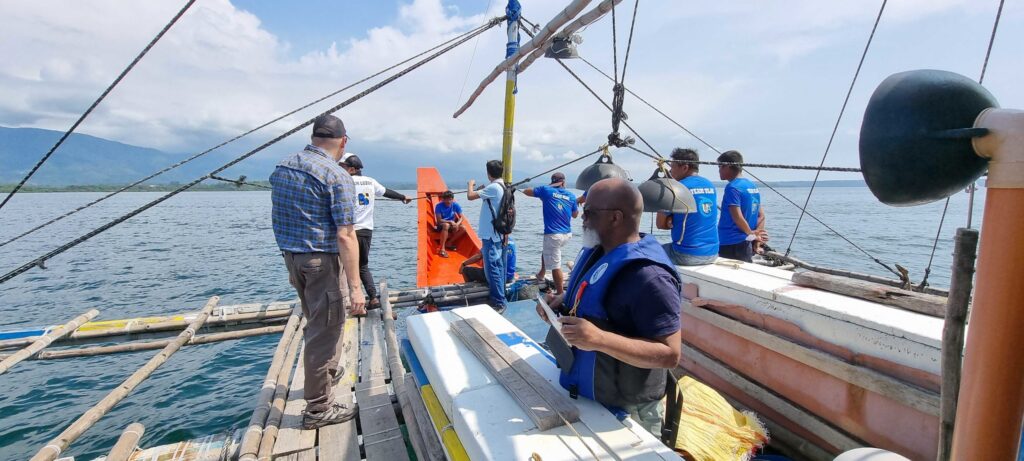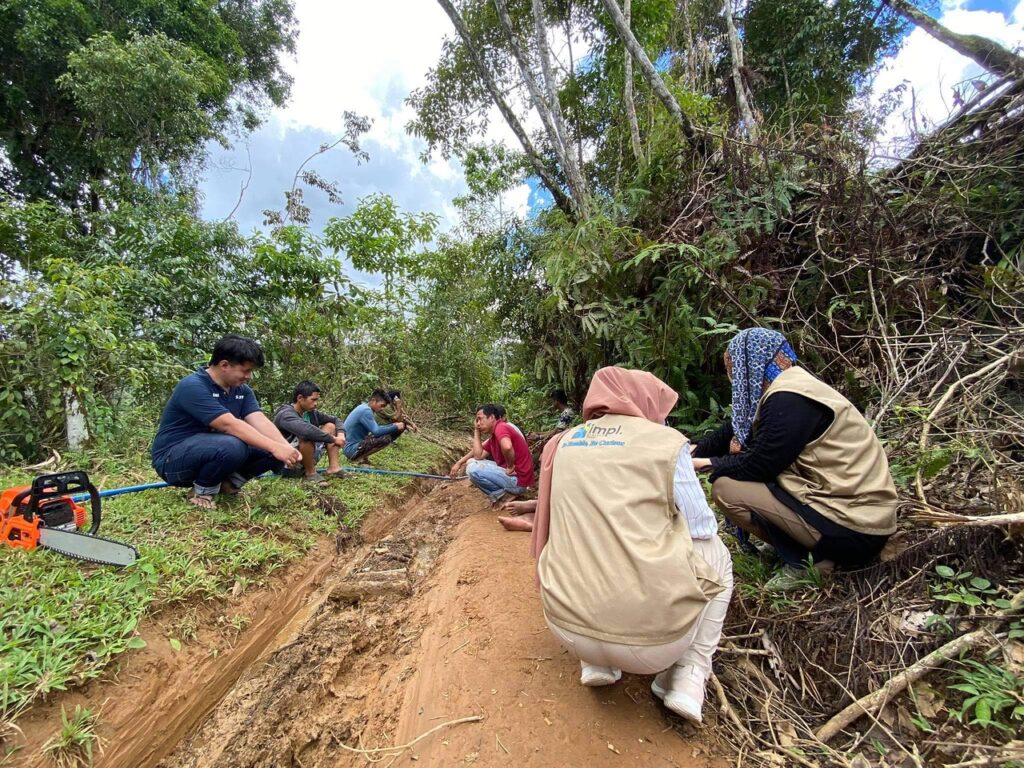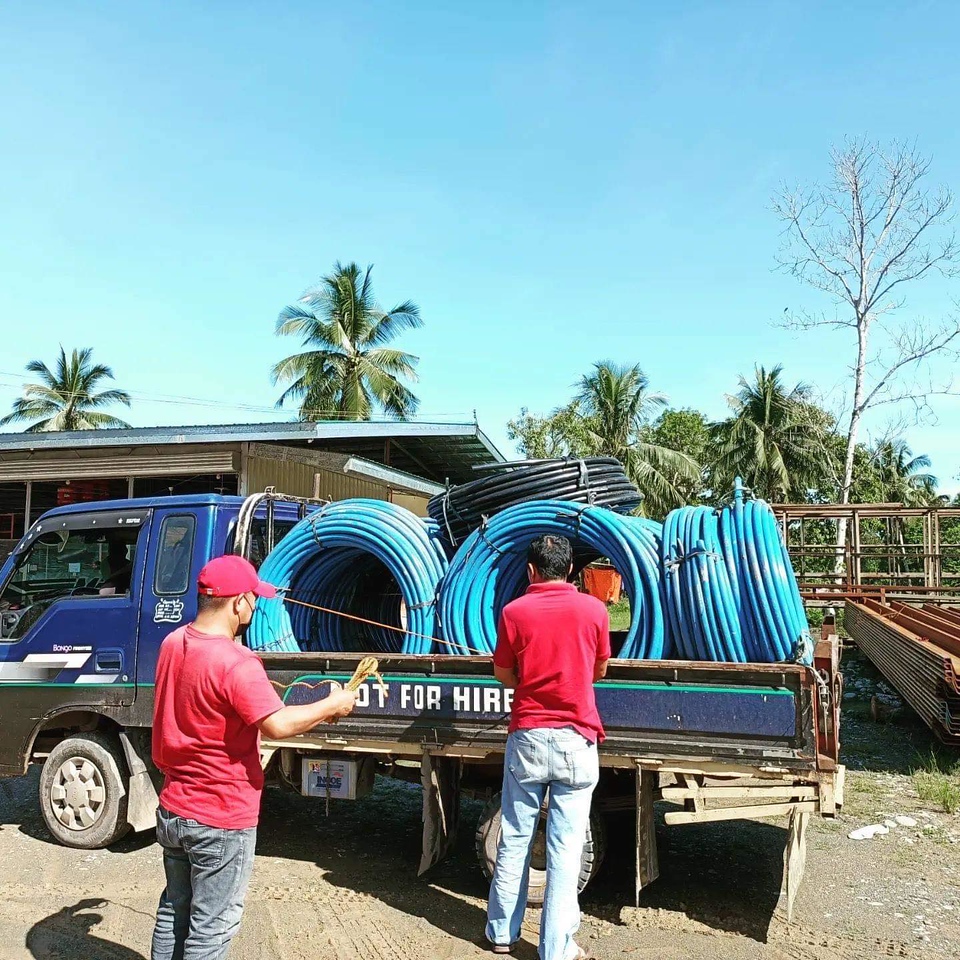MERL Project Support
MERL (Monitoring, Evaluation, Research, and Learning) is a method by which community programming is assessed in an ongoing capacity. MERL is crucial for accurately keeping tabs on programs after they’re established, allowing research teams to determine the effectiveness and impact of the programs they’ve implemented so those programs can be tweaked and strengthened to better reach a desired outcome.


How It’s Normally Done
Many international development practitioners would design a program without community input, create indicators that may or may not be context or behavioral specific, then monitor programs against those indicators. This can lead to inaccurate readings of the data and can cause the monitoring team to draw false conclusions.
Most often in the global development space, MERL is not conducted often enough (at the midline and endline stages of development programs), and it is not conducted against effective indicators.
How IMPL. PROJECT Does It
IMPL. PROJECT’s team develops MERL indicators based on an initial qualitative and quantitative data collection. As a result, all of our indicators are specific to that context so that we can track and analyze our outcomes more accurately. We also prioritize behavioral indicators as well as program impact and outcome assessments.


A Data Ecosystem
When we begin our work within a community, our first step is to create a data ecosystem. This means that we are putting together a process by which we can set baselines for measuring progress and milestones for conducting ongoing research and analysis.
In order to address traditional barriers to programmatic success in fragile areas, we create data ecosystems that:
- Create a robust understanding of the focus community through large scale quantitative perception survey collection and qualitative validation assessments.
- Establish proxy indicators in the target communities to create a baseline for understanding what stability looks like in the local context, and track progress over time with indicators correlated with the issues driving instability.
Benefits of Our Methodology
Creating the right indicators is key to successful programming. In order to get the right insight, you have to ask the right questions.
For example, let’s imagine we are designing a project for a community that lacks access to clean, fresh water. Let’s say that in this instance, the data collected pointed us towards building a series of wells in the community. We would set up different indicators.
Some examples of strong indicators we would measure would be:
- How many wells were drilled?
- How many people are using them?
- How often do people use them?
- When do people use the wells?
- How are the wells managed?
- Are the wells in working condition?
- Is the water clean?
- Is there anything stopping people from using the wells?
Using our methodology, we measure a program against these indicators at both the midline (halfway through our project) and in the endline (once the project is completed). Sometimes, we even measure data if abnormal events occur. The results then inform our next course of action, ensuring that we are always taking an evidence-based step forward.

